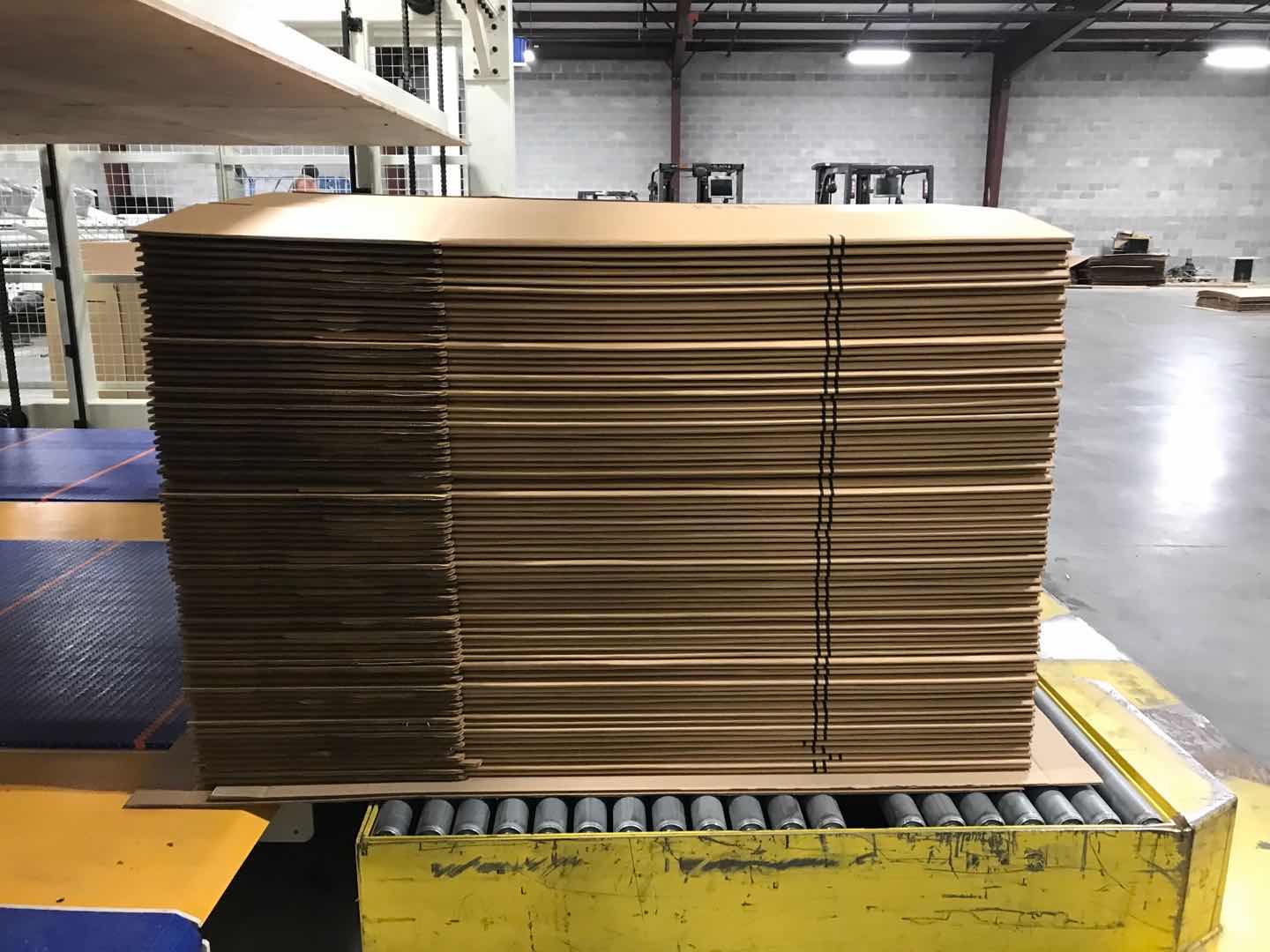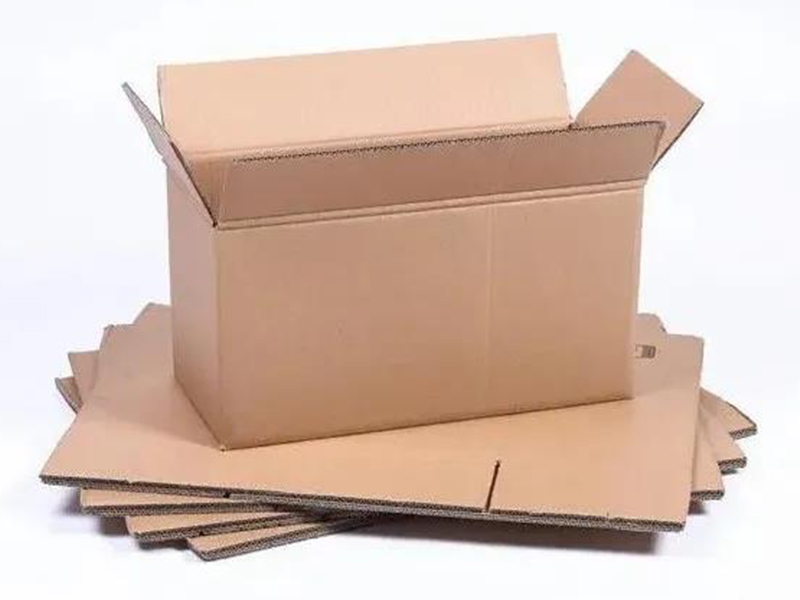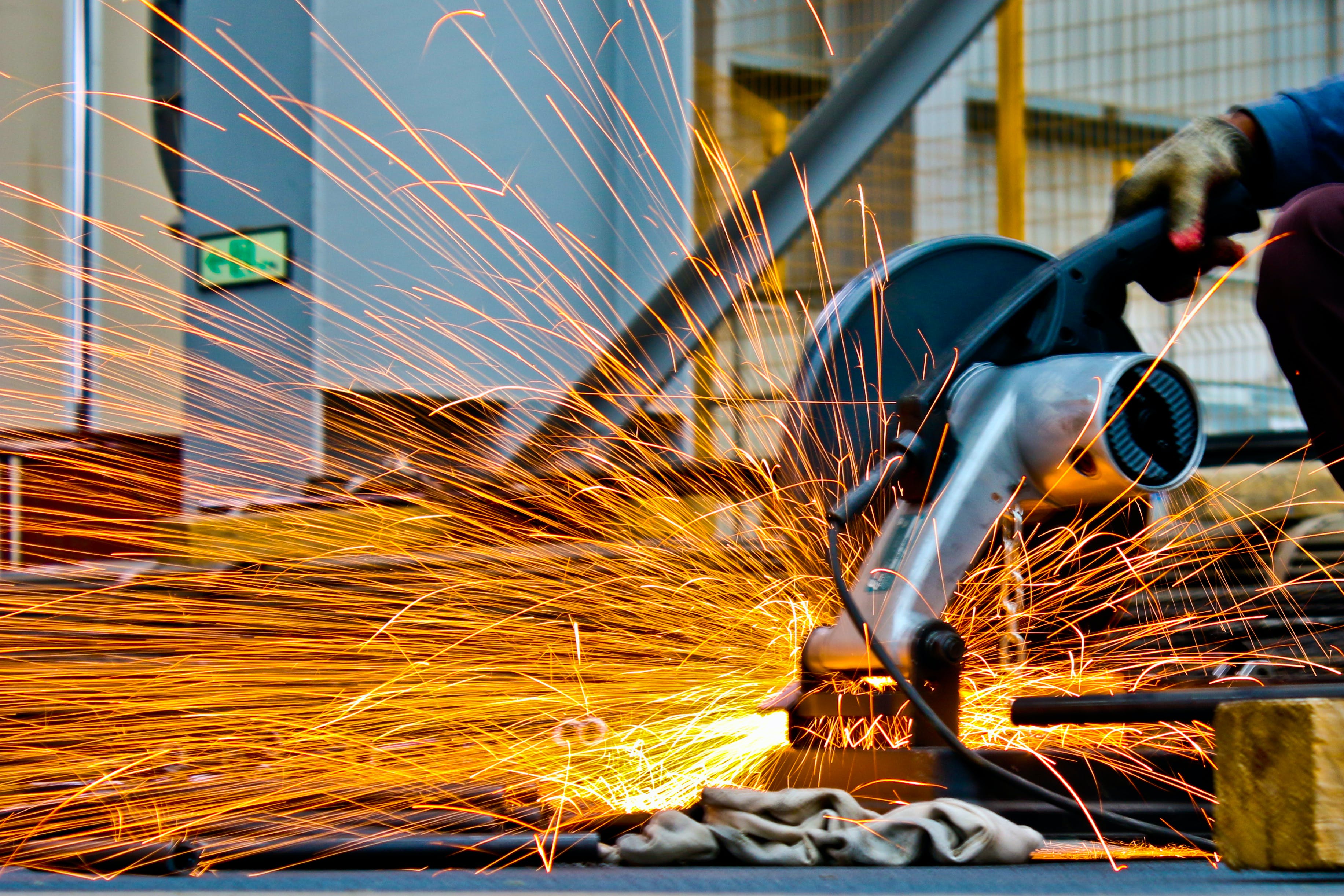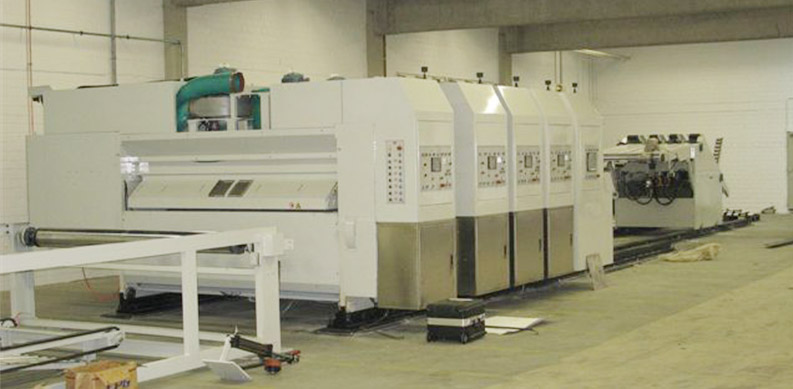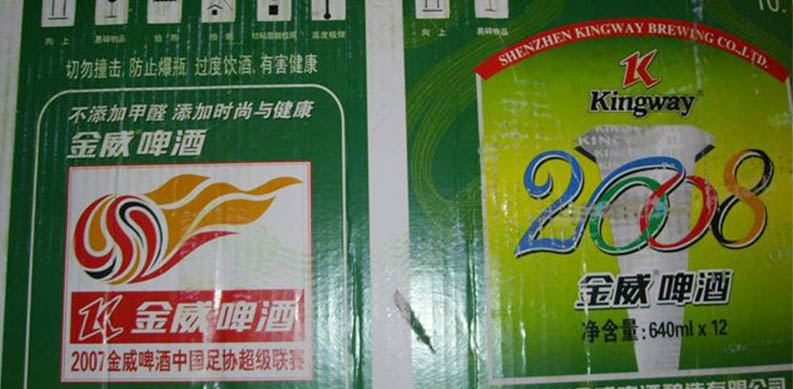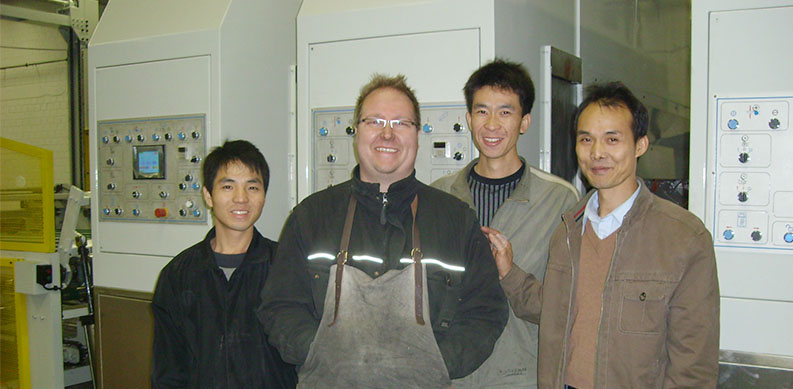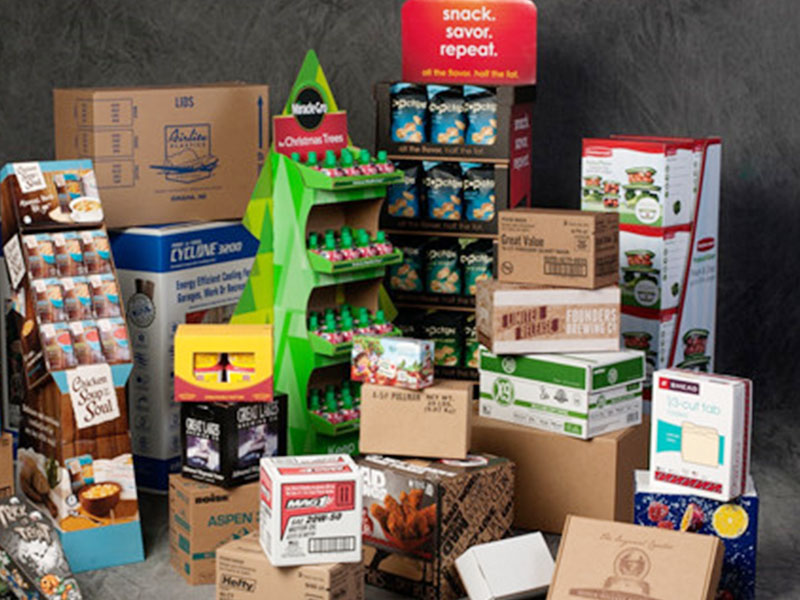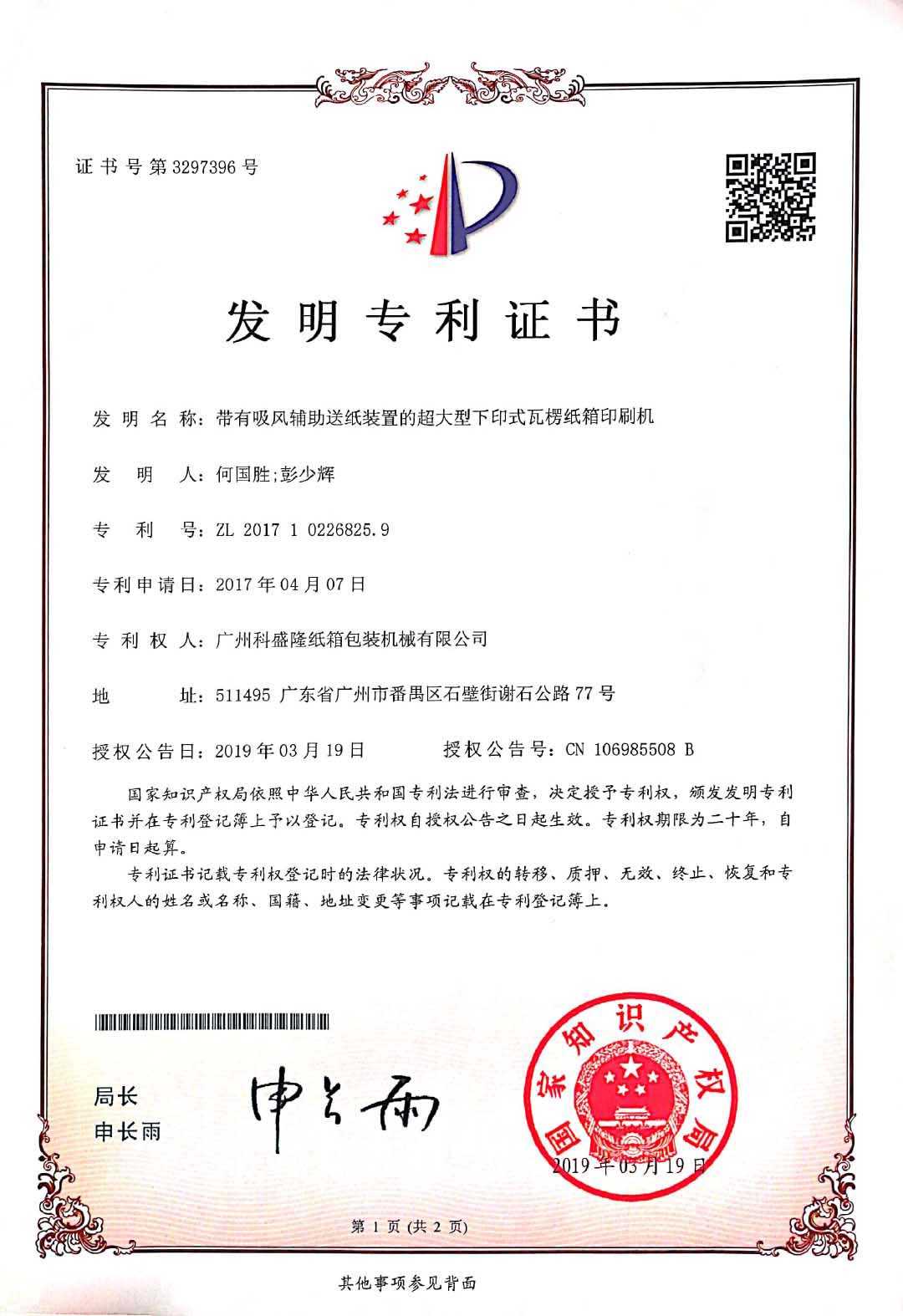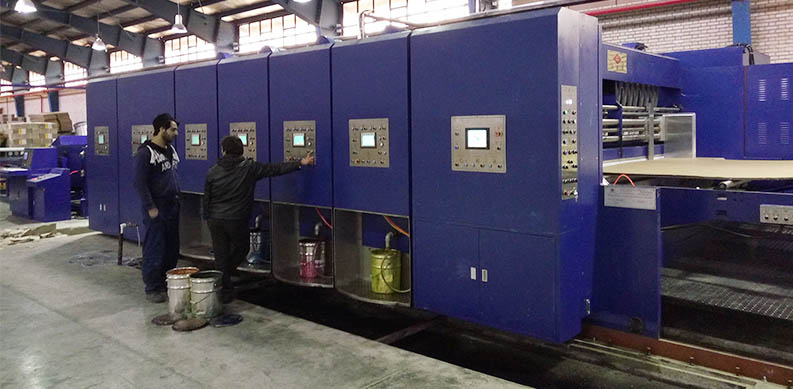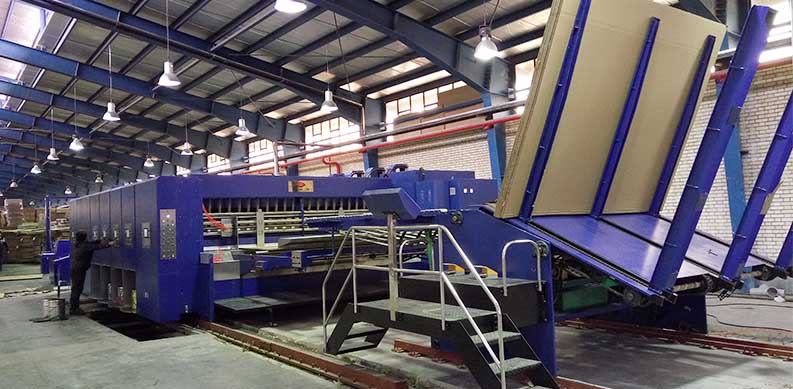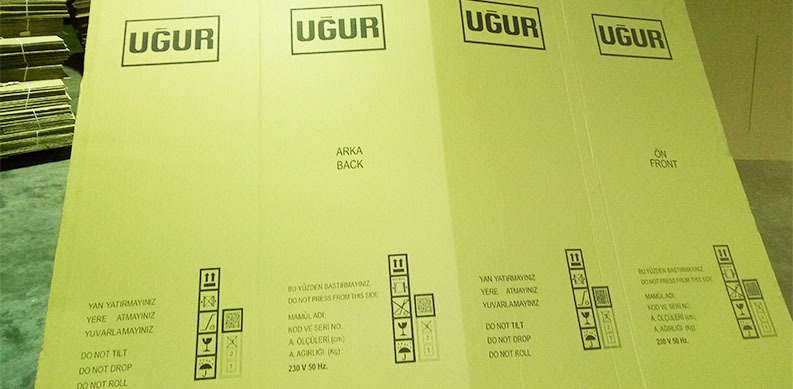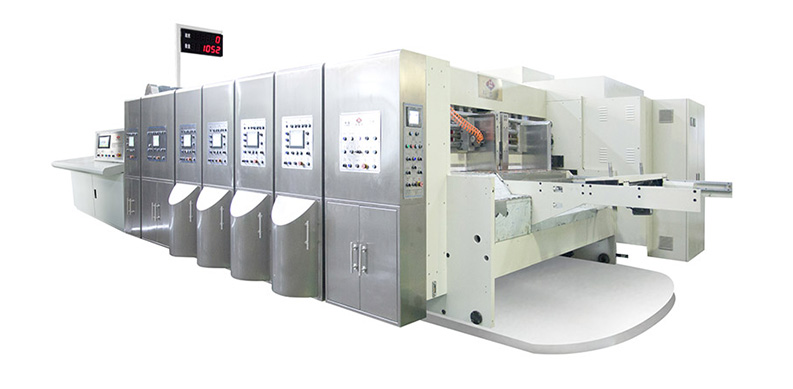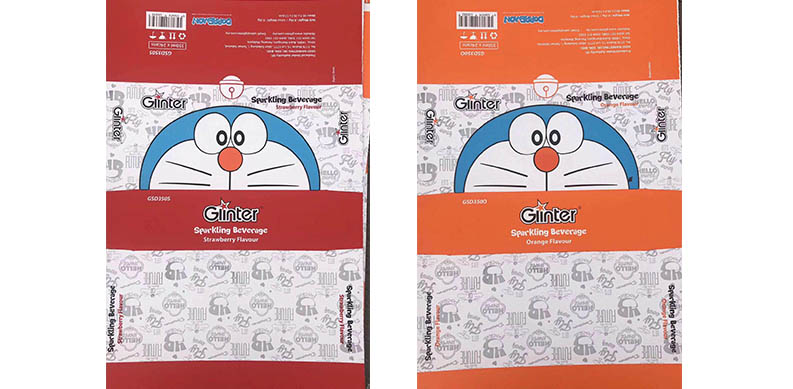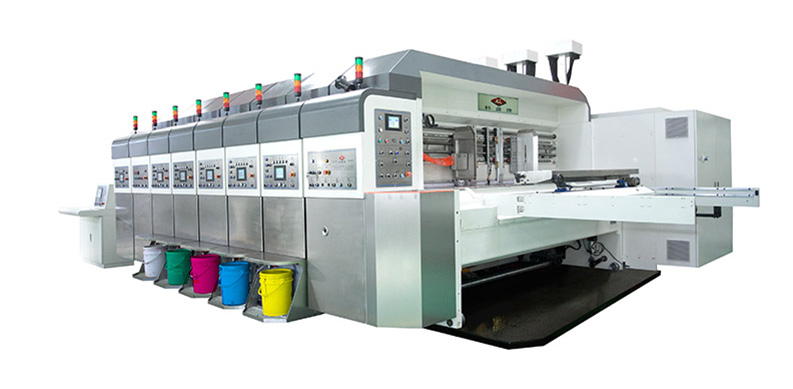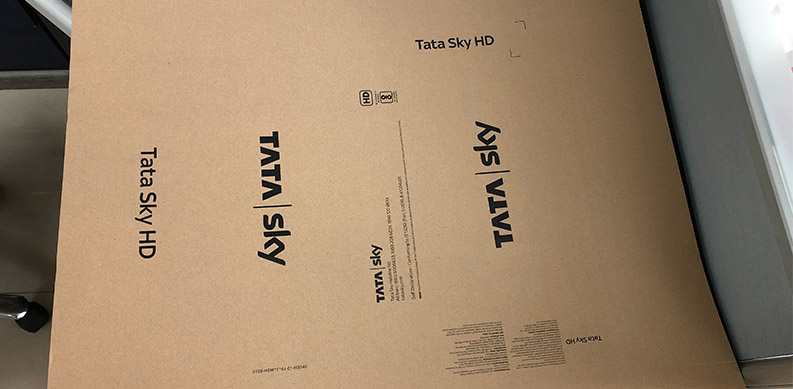In the production process of corrugated cardboard, sometimes there will be some production problems, if it can not be solved in time, the whole production will be forced to stop.
Belows are some common problems occurs and solutions as your reference:
1. The corrugated is not high enough.
The reason may be the pressure or temperature is too low, or moisture content is too high. And the solution is to adjust the pressure or roll temperature, or reduce the speed to dry.
2. Corrugated height is not uniform, the length of the sheet on both sides that pressed out are different which likes circular sector.
This is due to the corrugated roller parallelism is not good or uneven pressure at both ends. If the left corrugated sheet is shorter than the right, it’s better to raise up the left side of the top corrugated roller, otherwise to do the reverse adjustment.
3. Corrugated sheet curl like tube shape, the main reason is that the temperature difference between the upper and lower roller is too obvious.
You should check the heating source in the upper and lower rollers. It may be repaired or replaced if one of the heating sources break down.
4. The corrugated sheet is stuck to the surface of the corrugated roller.
The roll surface temperature is too high or the moisture content of raw sheet is too large will occur this situation. At this time, you should adjust the temperature of the roll surface to let the sheet be dry and then crease, if the doctor blade and roll groove is not fit, you should adjust or replace it.
Keshenglong,leading carton packing machine manufacturer over 20 years,focus on carton printing and packaging machinery field.Products like flexo printing machine exported to more than 70 countries.
